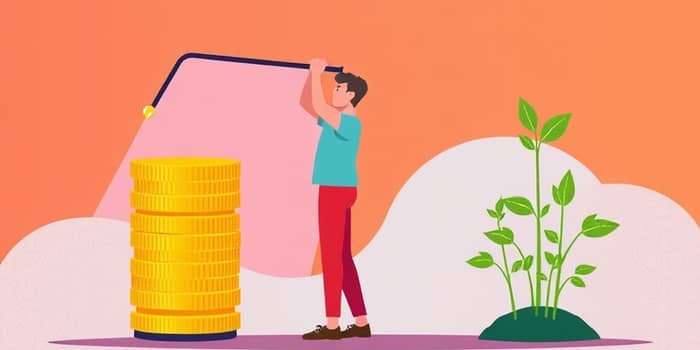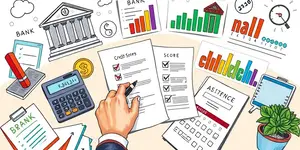
In today’s fast-evolving financial landscape, personal loans have emerged as a powerful tool for borrowers seeking to optimize cash flow, manage debt, or finance significant life events. With 24.6 million Americans holding personal loans and total outstanding debt surpassing $253 billion, the personal loan market continues its steady ascent. This article explores how individuals can strategically leverage unsecured borrowing to unlock financial opportunities while navigating potential pitfalls.
As of Q1 2025, the personal loan market in the U.S. has grown by 4.7% year-over-year, reflecting broad consumer adoption. Personal loans now represent 1.4% of all consumer debt and 5.1% of non-mortgage liabilities. These figures underscore the instrument’s rising prominence as an alternative to high-cost revolving credit.
Despite economic headwinds and interest rate fluctuations, origination volumes have climbed steadily. Fintech platforms, in particular, have captured over a third of new personal loan business by offering expedited approval processes and user-friendly interfaces. Borrowers increasingly value this combination of speed and convenience when urgent financial needs arise.
The average debt per personal loan borrower stands at $11,631, with delinquency rates improving to 3.49%—down from 3.75% a year ago. This decline in overdue accounts suggests that many consumers are responsibly managing their monthly obligations. Yet, over a third of borrowers carry fair or poor credit scores, indicating a diverse risk pool.
Personal loans serve a variety of borrower objectives, from consolidating debt to funding one-time expenses. Understanding these motivations helps lenders tailor products and enables borrowers to select solutions that match their needs. Below are the most common uses:
Whether smoothing out irregular expenses or reducing interest burdens, applicants view personal loans as a structured alternative to revolving credit, offering clarity and predictability in repayment.
Interest rates on personal loans vary widely based on borrower creditworthiness and lender type. A consumer with a 700 FICO score might secure an average APR of 12.65%, whereas prime borrowers can access rates as low as 5.99%. Conversely, high-risk borrowers may face rates approaching 99.99%, underscoring the critical importance of credit health.
Bank-sourced personal loans typically carry APRs around 11.66% for two-year terms, while credit unions offer slightly lower rates—averaging 10.75% for three-year loans. Online lenders often provide instant decisions and rapid funding, but at the cost of higher interest for subprime applicants.
Borrowers who maintain fixed monthly payments and terms appreciate the stability of personal loans. With no collateral required, these unsecured products eliminate the risk of asset repossession, making them ideal for modest to medium-sized funding needs.
When used thoughtfully, personal loans can function as a low-cost debt management solution, replacing costly revolving balances with a structured payoff plan. However, borrowers must be mindful of fees and the temptation to overextend their borrowing capacity.
Looking ahead, the personal loan market is poised for 5.7% growth in new originations in 2025 as consumers adapt to higher rate environments and fintech platforms expand access. Lenders are refining underwriting models to balance risk and opportunity, while borrowers are becoming savvier about prequalification and rate-shopping.
To harness personal loans effectively, borrowers should pursue prequalification with multiple institutions, scrutinize total borrowing costs, and align loan terms with cash flow capabilities. Choosing credit unions or community banks may yield more favorable rates and personalized service compared to some online-only providers.
Ultimately, personal loans can serve as a true financial lever—empowering individuals to consolidate high-interest debt, cover essential expenses, and invest in their futures. By weighing benefits against potential drawbacks and adopting disciplined borrowing strategies, consumers can transform these unsecured instruments into catalysts for sustainable financial well-being.
References













